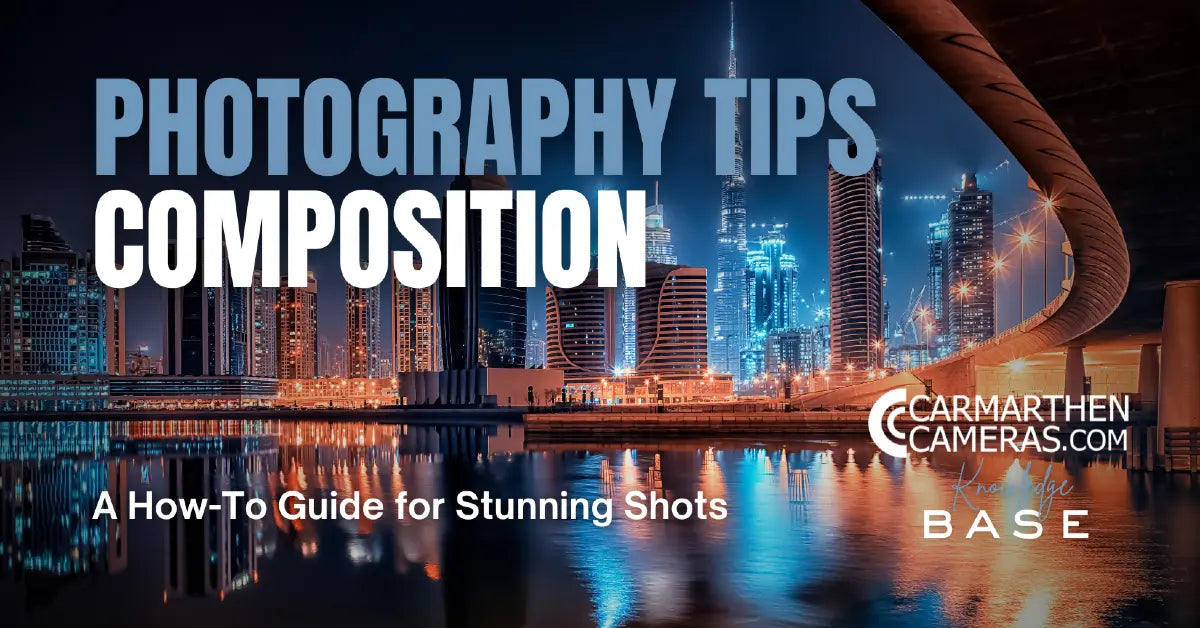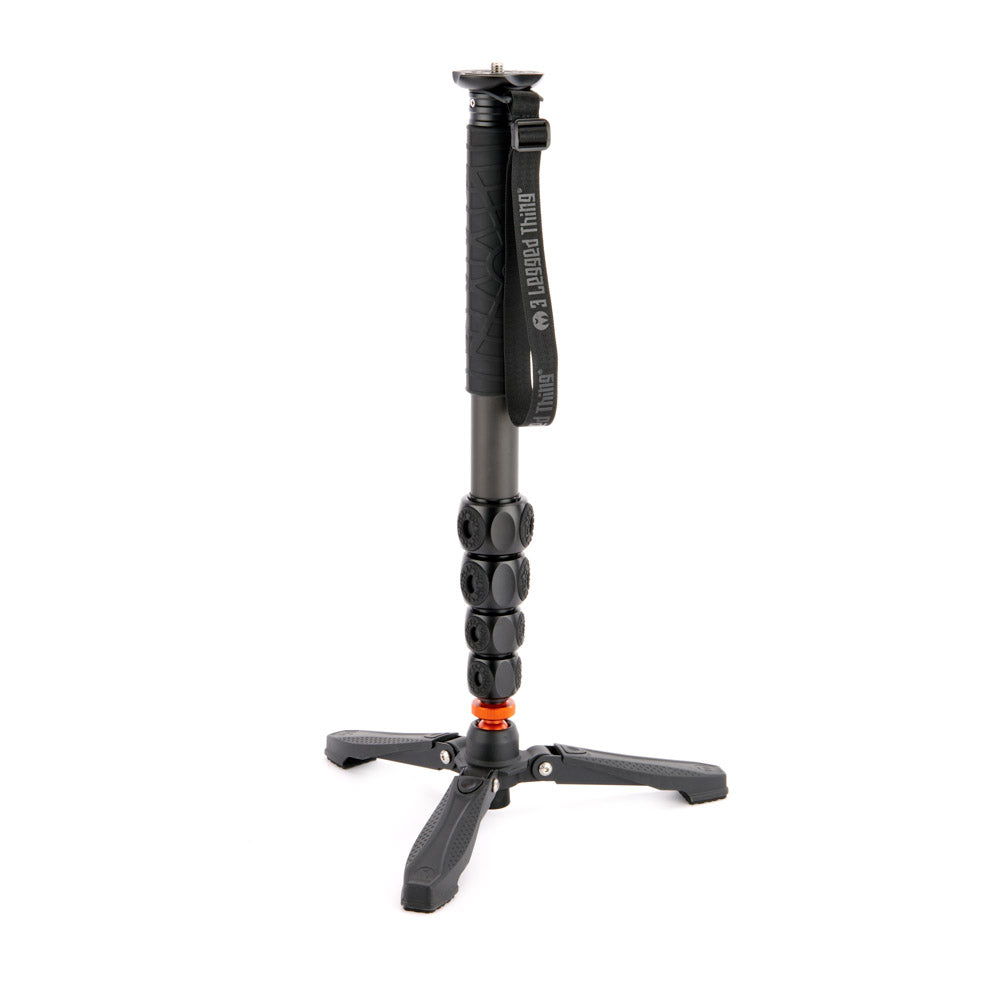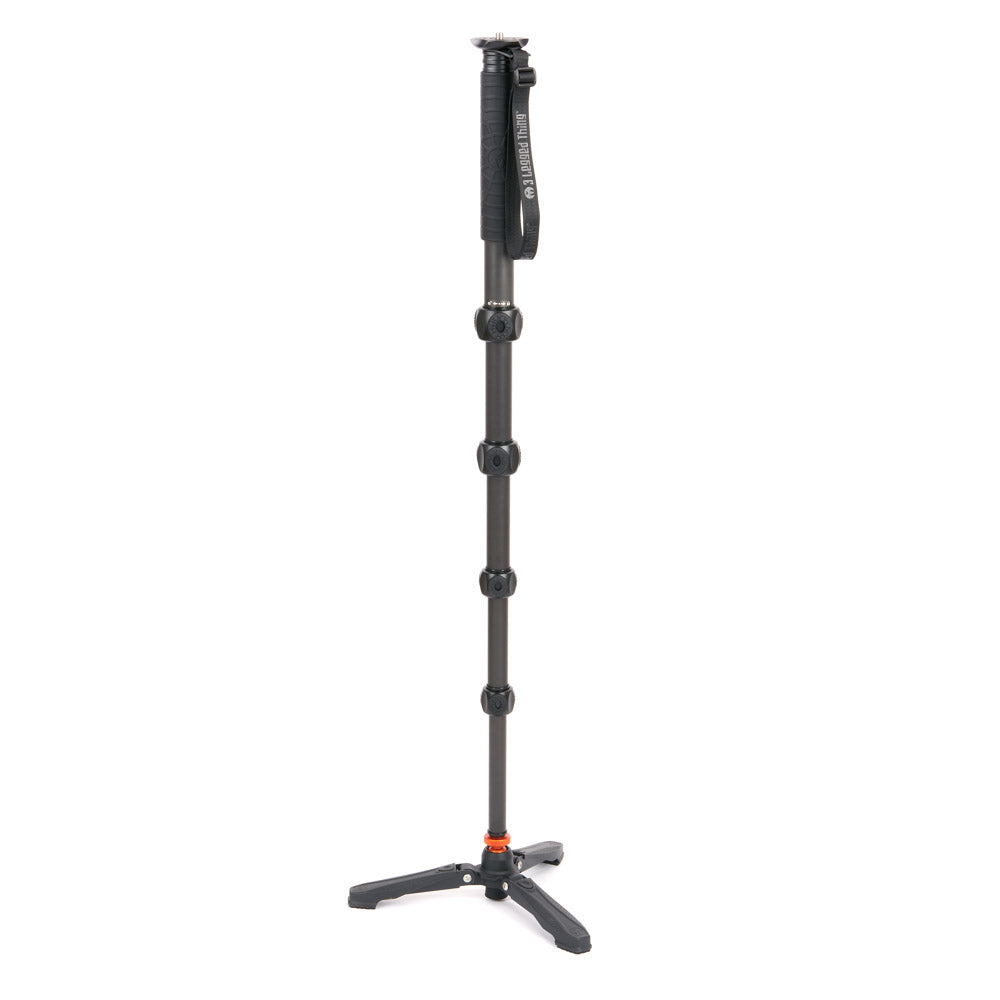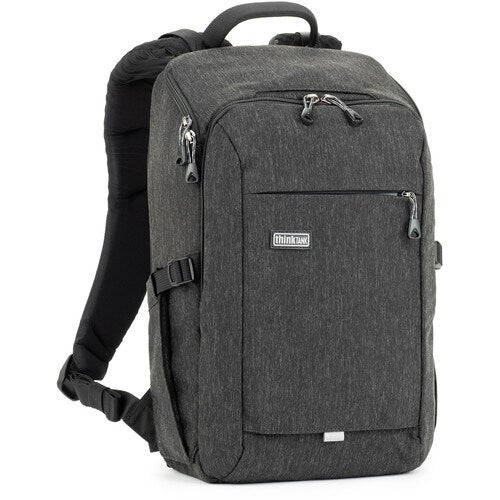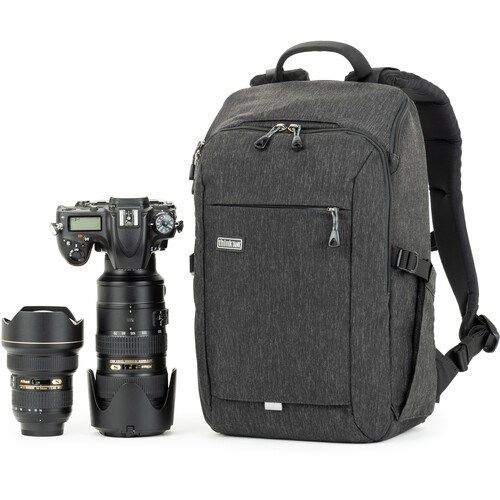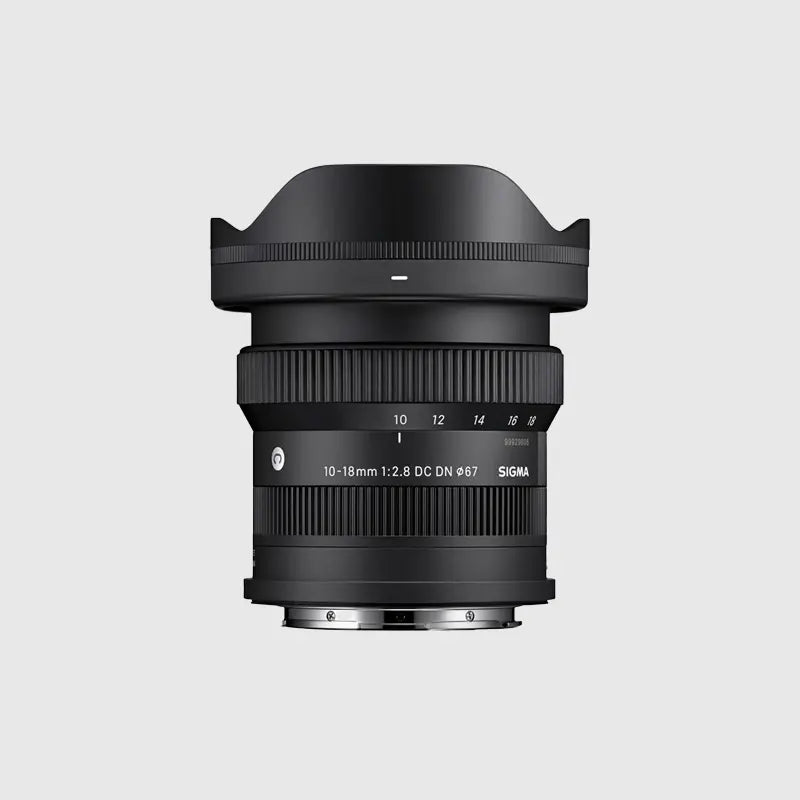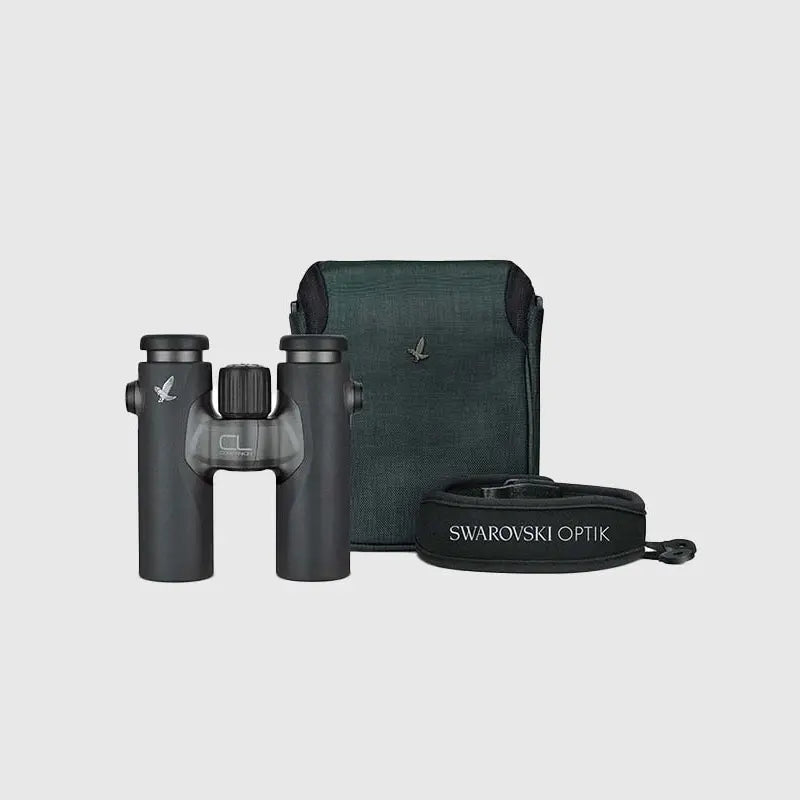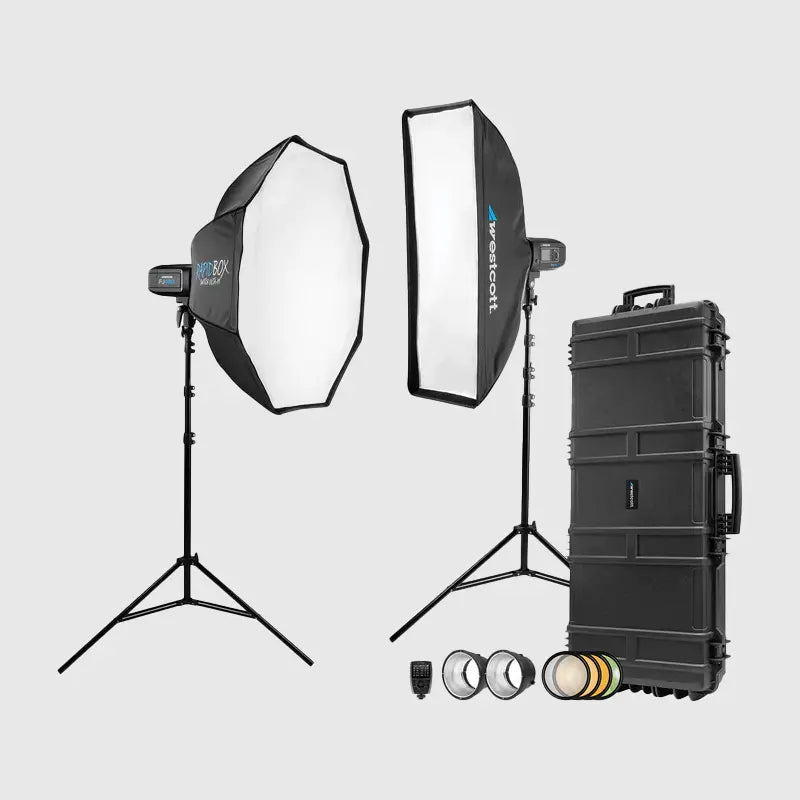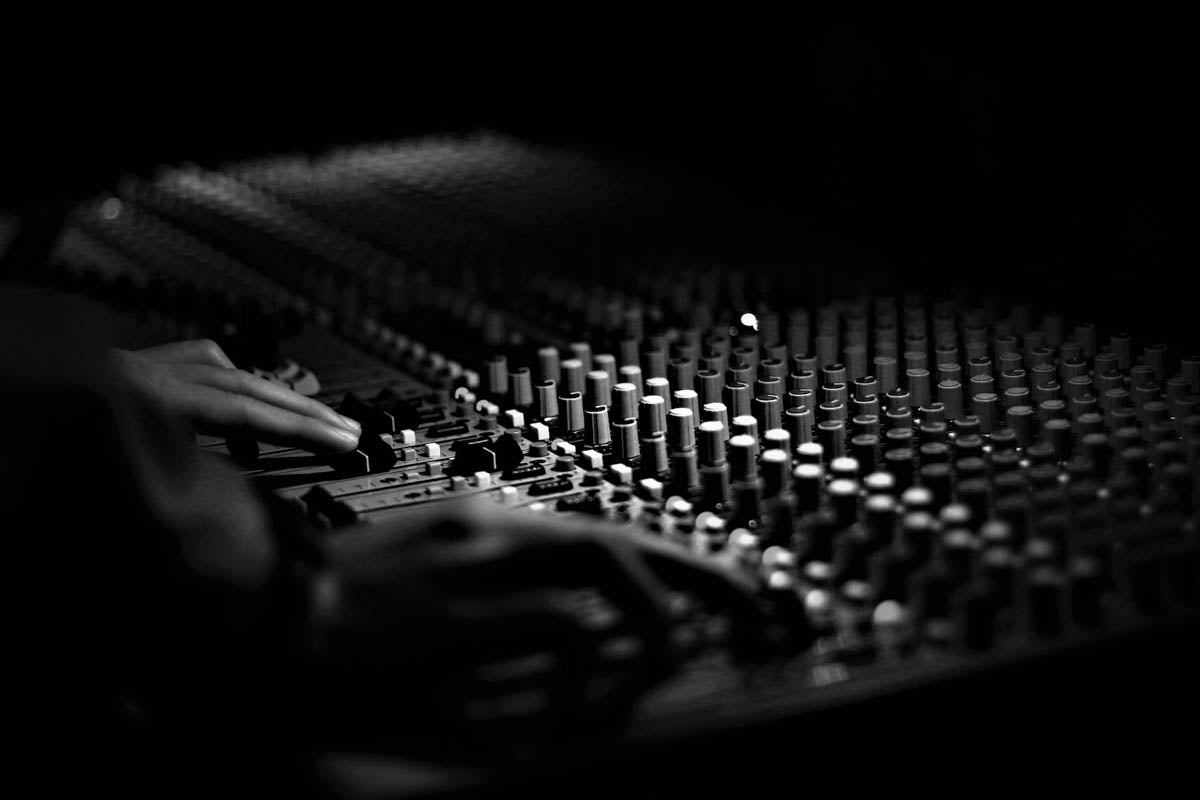A Complete Guide to Photo Composition: A How-To Guide for Stunning Shots
Capturing a beautiful photo isn’t just about having the right camera or the best lighting; it’s also about understanding composition. Composition refers to how elements within a photo are arranged, which can greatly impact how the image is perceived. Mastering these principles can help elevate your photography from average to breathtaking.
Here’s a detailed guide on photo composition to help you transform your snapshots into works of art.

1. The Rule of Thirds
One of the most fundamental principles in photography composition is the Rule of Thirds. It’s a technique that divides your frame into a 3x3 grid, creating nine equal parts.
How to use it:
- Mentally split your image using two equally spaced horizontal and vertical lines.
- Place your subject along these lines or at one of the four intersections where the lines meet.
- This placement creates a more engaging and balanced photo than simply centring your subject.
Pro Tip: Most cameras and smartphones have a grid feature that you can activate, making it easier to apply this rule.

2. Leading Lines
Leading lines guide the viewer's eye through the photograph, often drawing attention to the main subject. These lines can be literal, like roads, fences, or rivers, or implied, such as a row of trees or a path in a field.
How to use it:
- Look for natural or man-made lines in your environment.
- Frame your shot so these lines lead toward the main focal point of your photo.
Pro Tip: Experiment with different angles to make your leading lines more dynamic.

3. Framing
Framing involves using elements within a scene to create a natural “frame” around your subject. This could be anything from archways, windows, or tree branches.
How to use it:
- Position your subject within the frame to draw attention to them and add depth to the photo.
- Use frames to make your image more engaging and to highlight key elements.
Pro Tip: Experiment with partial frames or layering multiple frames for a more complex composition.

4. Symmetry and Patterns
Our eyes are naturally drawn to symmetry and patterns. Using them in your composition can create a sense of harmony, balance, or visual interest.
How to use it:
- Capture reflections in water or arrange elements to create mirror-like symmetry.
- Look for repetitive patterns in architecture, nature, or everyday objects, and photograph them from interesting perspectives.
Pro Tip: Breaking the pattern with your subject can make for a striking image.

5. Negative Space
Negative space refers to the empty areas around your subject. Embracing this space can highlight your subject and make the photo feel clean and uncluttered.
How to use it:
- Leave large areas of blank sky, water, or simple backgrounds around your subject.
- Use negative space to convey a sense of scale, simplicity, or focus.
Pro Tip: Minimalist photos with ample negative space can be surprisingly impactful.

6. Depth and Layers
Creating a sense of depth in your photos makes them more immersive. This can be done by including foreground, middle ground, and background elements in your shot.
How to use it:
- Position something interesting in the foreground (like flowers, rocks, or people) to add layers to the photo.
- Use a narrow aperture for landscapes to keep all layers in focus, or use a wide aperture to create a blurred background for portraits.
Pro Tip: Use a wide-angle lens for a more pronounced sense of depth in landscapes.

7. Balancing Elements
When you have a subject placed off-centre, it’s important to balance the composition with another element of lesser visual weight.
How to use it:
- If your main subject is on the right side of the frame, consider adding a secondary element on the left.
- Experiment with various sizes, colours, or shapes to achieve a balanced feel.
Pro Tip: Keep the overall photo simple to avoid a cluttered look.

8. Viewpoint
Changing your viewpoint can drastically alter the impact of a photo. Instead of taking pictures from eye level, try getting low to the ground, shooting from above, or even from behind your subject.
How to use it:
- Explore different angles to find the most interesting way to capture a scene.
- Don’t be afraid to get creative—shoot through objects or use reflections for a unique perspective.
Pro Tip: A dramatic viewpoint can transform even a mundane subject into something extraordinary.

9. Cropping
Sometimes, the best way to improve a photo’s composition is by cropping out unnecessary distractions. Tight cropping can also add emphasis to your subject.
How to use it:
- Edit your images to remove any clutter and focus on what’s important.
- Be mindful of not cropping too closely, as it could disrupt the photo's balance.
Pro Tip: Use cropping to strengthen your subject’s position within the Rule of Thirds.
Final Thoughts
Great composition is about experimenting and developing an eye for what works best in each situation. While these guidelines are useful, don’t be afraid to break the rules when necessary to capture the story you want to tell.
Photography is a journey, so keep practising and experimenting. Over time, these principles will become second nature, and you’ll find yourself instinctively composing stunning shots every time.
Happy shooting!

